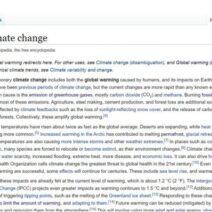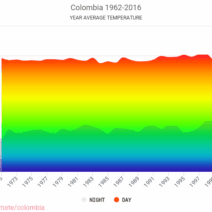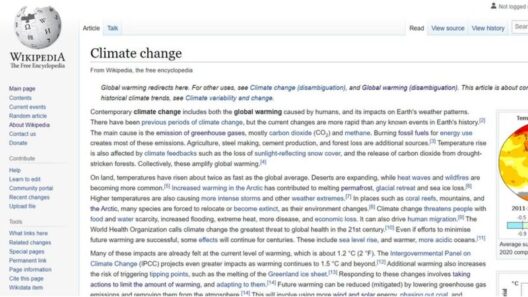The climate of Colombia is as diverse as its geography, characterized by a myriad of microclimates influenced by elevation, topography, and proximity to the equator. This tropical nation boasts both tropical coasts and Andean highlands, a juxtaposition that not only fosters a rich biodiversity but also creates varied weather patterns throughout the year. Understanding the climate in Colombia requires an exploration of its coastal regions and mountainous terrains, each distinct yet intricately connected.
Along Colombia’s Caribbean coast, one encounters a classic tropical climate. The region experiences high temperatures and substantial humidity, characteristic of lowland tropical settings. Average temperatures generally hover around 27°C to 30°C (81°F to 86°F). The coastal cities such as Cartagena and Santa Marta are not merely basking in the sun; they grapple with a wet season from May to November, where daily thunderstorms are omnipresent. The interplay between the heat and humidity can create a sensation that feels almost enveloping, akin to a warm embrace, yet it often becomes overwhelming during peak summer months when tourists flock to the beaches.
Conversely, the Pacific coast exhibits markedly different climatic conditions. This region is one of the wettest on the planet, marked by an astonishing annual rainfall averaging 8,000 mm (315 inches). The high levels of precipitation support sprawling rainforests, making it a biodiversity hotspot. The Pacific climate, characterized by its continuous rain and moist air, contrasts sharply with the typically arid eastern plains and the high-altitude Andes. In this unique environment, one finds not only the vibrant beauty of flora and fauna but a vivid landscape shaped by centuries of evolutionary processes.
As one moves inland, the geography shifts dramatically. The Andean highlands, where many of Colombia’s major cities reside, offer a temperate climate that is markedly distinct from the coastal regions. Cities like Bogotá and Medellín experience what is referred to as “eternal spring.” The average temperatures range from 14°C to 22°C (57°F to 72°F) depending on the altitude, which significantly influences the daily weather patterns. The altitude—ranging from 2,600 meters (8,530 feet) above sea level in Bogotá to lower valleys—creates a unique plateau climate where diurnal temperature variation can be substantial. Daytime warmth is often followed by cooler nights, a phenomenon integral to the region’s ecosystems and agricultural practices.
The Andes also exert a profound influence over local weather patterns, concealing microclimates within their folds. Some areas maintain a hyper-humid environment while others offer dryer conditions, perfect for coffee cultivation. Colombia’s coffee-growing regions are world-renowned, relying on the altitude and climate balance, demonstrating how the Andes not only shaped physical landscapes but cultural and economic activities as well.
The climatic shifts can often engender a deeper appreciation for Colombia’s rich tapestry of culture and agriculture. The variety of climatic conditions allow for the cultivation of an array of crops from bananas and palm oil on the coasts to quinoa and potatoes high in the Andes. Each region contributes uniquely to Colombia’s cultural identity, creating vibrant local cuisines that reflect the agricultural bounty influenced by the diverse climates.
However, the climate in Colombia is not without challenges. Climate change has started to become a pivotal issue, exacerbating existing fluctuations and unpredictability. Weather patterns are evolving; the rainy and dry seasons exhibit increased variability, leading to unforeseen challenges such as droughts or excessive rainfalls causing landslides. The impacts of climate change can disrupt traditional agricultural practices, altering crop yields and affecting food security for local communities.
This phenomenon begs the question: why is there such a fascination with the climate in Colombia? It lies deep within the interplay of geography and culture. The extensive biodiversity, ranging from the Amazon rainforest to the heights of the Andes, together with the pristine beaches, provides an alluring haven for environmentalists and tourists alike. Observing these ecosystems elucidates the intrinsic relationship between climate and human activity, how people have adapted to undue stress brought on by natural and anthropogenic factors.
In conclusion, the climate of Colombia is not merely a collection of numbers or weather patterns; it is a living, breathing entity that tells tales of history, struggle, and resilience. The coasts reflect the dynamic dance of life at sea level while the Andean highlands depict the adaptation of cultures thriving in elevation. Each climate zone, whether saturated with moisture or enshrined in cool breezes, contributes in myriad ways to the environmental narrative of this vibrant nation. Protecting these ecosystems from the ramifications of climate change is imperative, ensuring that Colombia not only remains a haven for biodiversity but also continues to serve as a beacon of cultural richness inspired by its extraordinary climate.








